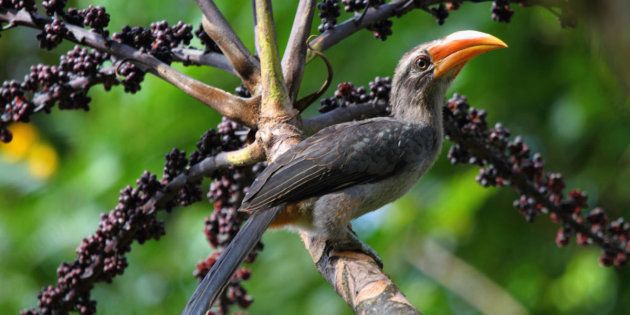
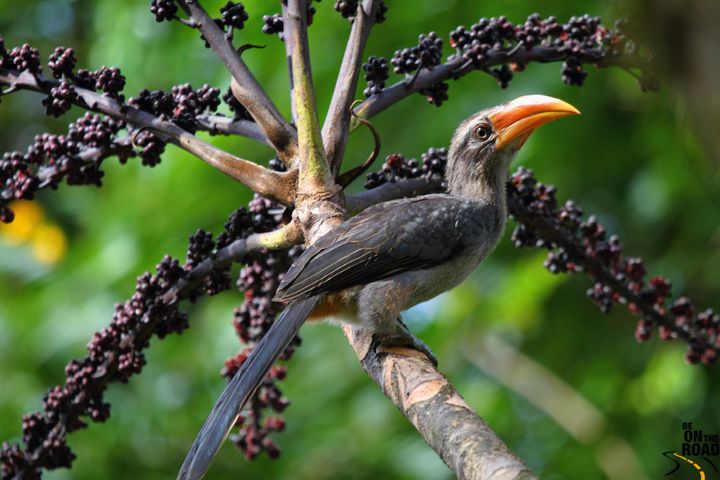
The IUCN Red List paints a grim picture of the biodiversity loss we are facing as a planet. In 2016, tens of thousands of mammals, birds, insects, plants and other organisms were found to be under threat from extinction, according to the list. Of that number, more than 5,000 were considered critically endangered, including iconic species like the leatherback turtle, the Antarctic blue whale, and both subspecies of orangutan — all creatures right at the precipice of vanishing forever.
But as staggering as those numbers may sound, they may still be vast underestimates, according to a recent study out of Columbia University that challenged the accuracy of methods used by the International Union for Conservation of Nature to determine the status of species.
Specifically, the researchers concluded that the IUCN has been “systematically overestimating” the size of the habitat in which species can thrive ― errors that have possibly led to an underestimation of the number of organisms under threat of extinction worldwide. Those already listed as threatened by the IUCN may also be closer to extinction than we realize, the study said.
The research team, led by Don Melnick, a professor of conservation biology, came to these conclusions after assessing the IUCN Red List conservation status of 18 bird species endemic to the Western Ghats mountain chain of southwest India. In the paper, published in the June edition of the journal Biological Conservation, the scientists said the IUCN had “vastly” overestimated the geographic range sizes for 17 of the 18 birds. Geographic range is one of the most basic criteria used by the IUCN to determine the level of threat facing a species; by overestimating range for most of the birds in question, therefore, inaccuracies emerged in some of IUCN’s assessments, the researchers said.
The study proposed that at least 10 of the 18 birds should have their IUCN threat levels elevated. The grassland-dwelling Nilgiri pipit, for example, which is currently listed as “vulnerable” by the IUCN should be considered “endangered,” the researchers said, while the status of the large-beaked Malabar grey hornbill, now listed as a species of “least concern,” should be elevated to “near-threatened.”
“In the first case, the pipit, which has a narrow, highly fragmented range, our estimates of that range are one-tenth to one-fortieth of what IUCN estimates,” Melnick said in an email to HuffPost last week. “In the second case, the hornbill, which has a broad contiguous range, our estimates of range size are approximately one-fifth of the range IUCN estimates.”
Melnick said he was “extremely surprised by how much the IUCN ranges overestimated what we deem the true ranges to be.”
“The drastic reduction in range size and the increased habitat fragmentation that our study indicates leads us to infer that there is a much greater threat to these endemic birds than was ever imagined,” he said.
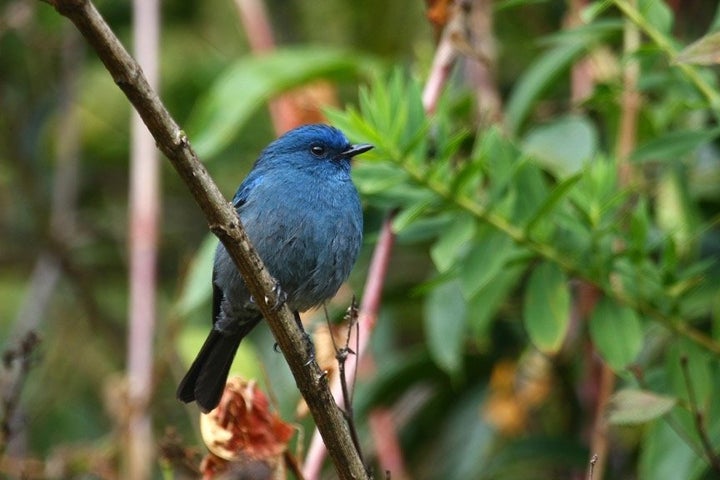
The discrepancies between IUCN’s findings and those of his team can be explained by the different data sets used by the two groups, explained Melnick.
The IUCN, he said, typically uses maps provided to them by one of their many partner organizations (in the case of birds, the partner is BirdLife International) when determining a species’ geographic range. The problem with these maps, however, is that the information in them is often limited and misleading, said Melnick.
“A majority of these range maps are essentially boundaries or polygons that are ‘drawn’ over a map based on the opinions of a handful of experts. For this reason, they often include areas of unsuitable habitat,” he said.
For their assessment, Melnick and his team relied not on these range maps, but on citizen-driven science data fromeBird, a website created by the Cornell Lab of Ornithology. The researchers filtered the data for any sampling bias (such as counting the same bird twice) and subjected it to expert review, before employing a set of statistical models they’d developed to estimate the possible geographical range of each species.
“Our methods limit the range of a species to those areas where they have been sighted and where a combination of ecological and geophysical characteristics predict they could inhabit. Therefore, unsuitable habitat is eliminated,” Melnick said.
If the IUCN were to employ these same methods when conducting risk assessments of not just birds but all species, they’d probably come up with more accurate ― and more troubling ― conservation data, Melnick said. “It is likely that if the methods we employed were to be applied broadly, we would find out that many species are more threatened than we now think,” the researcher said.
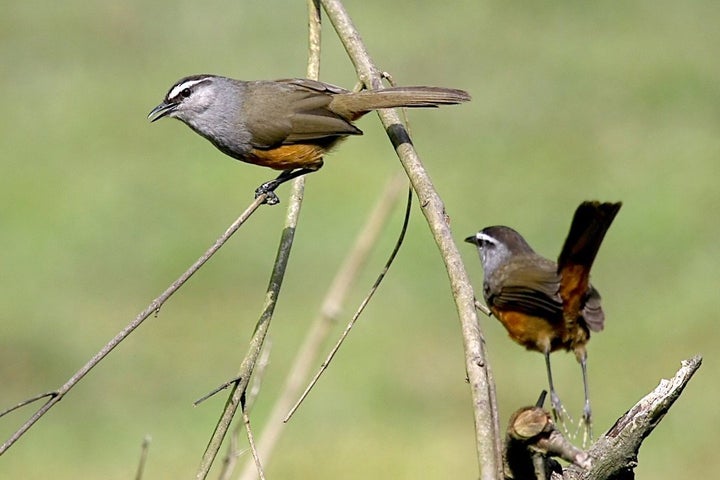
The IUCN Red List is the most comprehensive collection of the conservation status of the world’s species. Nicknamed the “barometer of life,” it encompasses the work of thousands of scientists and organizations to raise awareness about the world’s threatened species.
Melnick stressed that he was neither undermining the good work that the IUCN does nor disagreeing with the criteria the Red List uses to assess whether a species is threatened. His team, he said, is merely seeking to challenge the IUCN on the “basic data” that is being used in its assessments ― a flaw that Melnick said could be fixed with relative ease.
“Our methods, as described in our paper, are available to anyone who wishes to use them. The [citizen science] databases are also freely available. We would happily work with IUCN or other scientists to show them exactly how we apply the methods we used for data acquisition, data filtering, and species distribution modeling,” he said.
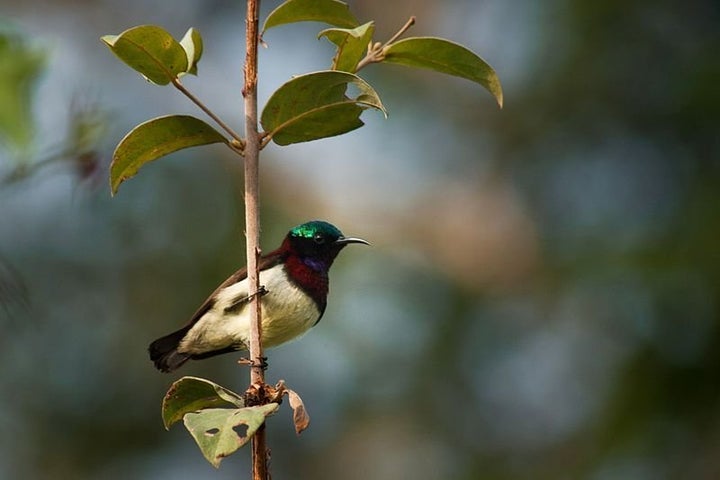
Responding to the study, the IUCN said it agreed with some of the researchers’ conclusions ― though not all of them. “It’s great to have that feedback, and we will look into some of those issues,” Craig Hilton-Taylor, head of the Red List, told MongaBay.com, adding that the IUCN is already turning to citizen science in its work and agreeing that such data is proving increasingly valuable for conservation studies.
Hilton-Taylor argued, however, that there was a “fundamental error” in the methodology used by Melnick and his team. The researchers, he claimed, misunderstood the difference between “Extent of Occurrence” and “Area of Occupancy,” two measures the IUCN uses in its extinction risk assessments.
“Effectively what they’ve come up with is a maximum potential area of occupancy, and they’ve compared that to our Extent of Occurrence thresholds, which are an order of magnitude larger than the Area of Occupancy thresholds that we use,” he said. “They should have compared their thresholds against our Area of Occupancy thresholds, and then they would have found that most of the species would not qualify for more threatened status, and that in fact we have them correctly listed.”
Hilton-Taylor did concede, however, that the IUCN needed to look “more carefully” at two of the 18 species assessed in the Columbia study.
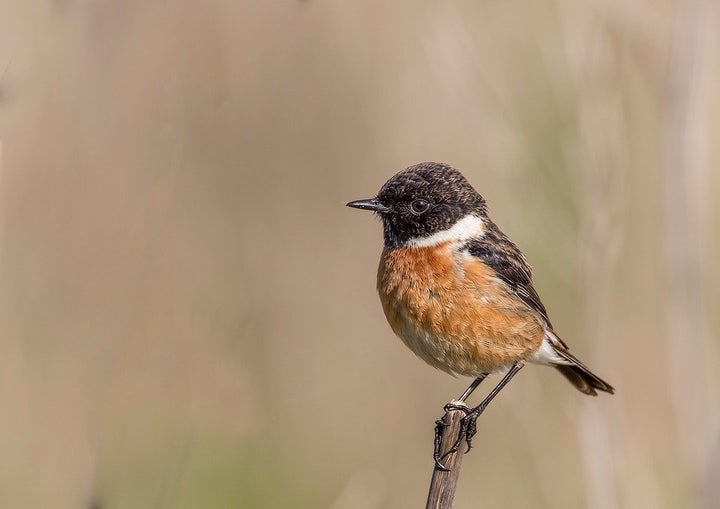
Melnick and his team were unfazed by the IUCN’s criticism.
“We appreciate Hilton-Taylor’s response. It is through this back and forth, most of which we assume will occur out of public view, that we will arrive at a way forward,” the professor said.
He stressed, however, that there had been no misunderstanding on their part. “By using the definitions in the IUCN guidelines, it is clear that our range maps are equivalent to IUCN’s Extent of Occurrence and not the Area of Occupancy,” he said, adding that his team “remains convinced” of the superior accuracy of their method.
Melnick recommended that the IUCN consider adopting their system in its risk assessments. It would be well worth the time and effort, he said.
“We assess vulnerability in order to prioritize the deployment of limited financial and human resources for conservation action. Getting a species’ vulnerability right is absolutely critical to setting those priorities,” Melnick said. “So even if it takes a bit more time, it is incumbent upon us to spend that time in order to get it right.”
“Overestimating threat has few if any negative consequences,” he added, “[but] underestimating threat, as we believe the IUCN methods do, could be catastrophic.”
